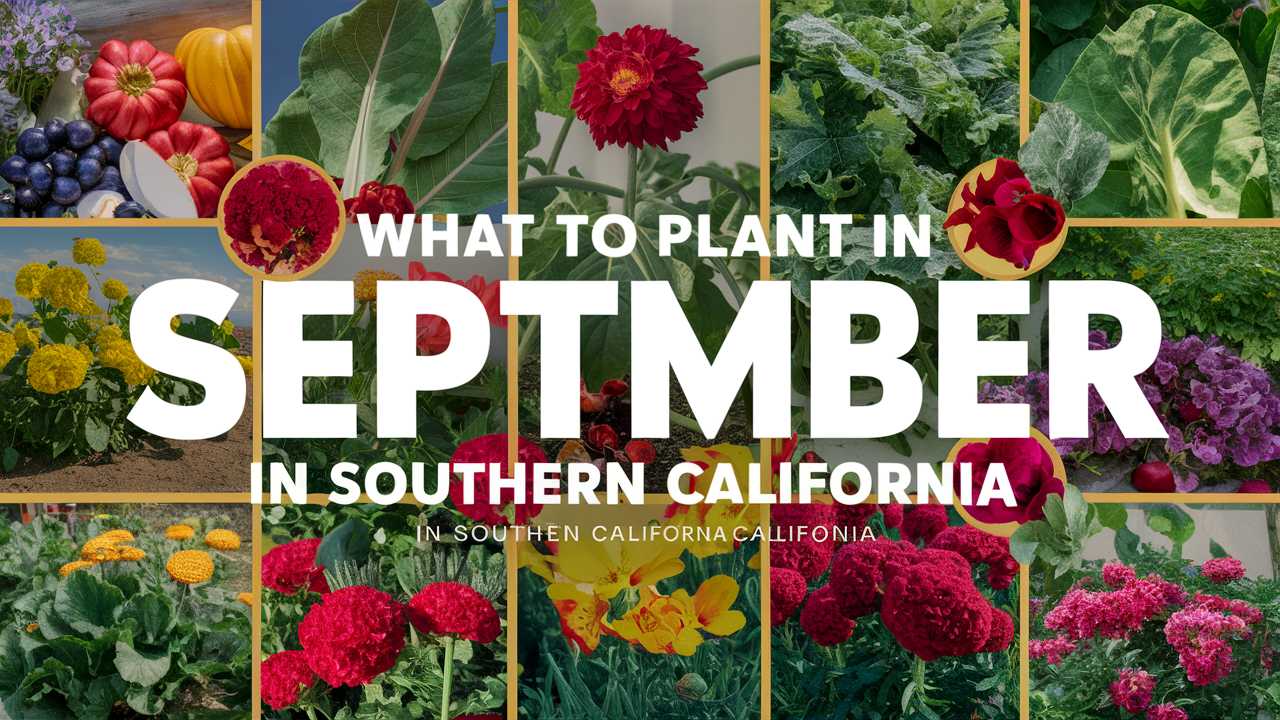As summer starts to fade in September, Southern California’s mild climate opens up a fantastic opportunity for planting a variety of vegetables, flowers, herbs, and landscape plants. This region, with its USDA zones ranging from 9 to 11, allows for a diverse selection of plants that can thrive even as temperatures begin to cool.
This guide explores the best options for each category suitable for September planting, while also focusing on the unique attributes and planting considerations essential for success.
Vegetables To Plant
Carrots

Carrots are a fall favorite, rooting deeply into the soil as they grow. Ideal for planting in September because they thrive in cooler soil temperatures. Sow seeds about ¼ to ½ inch deep in well-drained soil. Southern California’s climate lets you enjoy a continuous harvest until spring, with temperatures ideally ranging from 50°F to 75°F. They do well in all zones but need at least 70 days to mature, so plant them early in the month for optimum growth.
Spinach

Spinach is a cool-weather crop that can withstand light frost and requires full sun. Plant seeds about a half-inch deep in loose, fertile soil. Its short growing cycle—around 30 to 45 days—makes it perfect for a September planting. Look for varieties like ‘Bloomsdale’ or ‘Teton’ that are particularly suited to Southern California’s climate. Spinach thrives best in USDA zones 9 through 11.
Radishes

Radishes are one of the quickest-growing vegetables, typically ready to harvest in about 25 days. Sow seeds directly in the garden at a depth of about one inch, and they can tolerate cooler temperatures. They are very versatile and can be planted through much of September, thriving in temperatures from 40°F to 70°F. Their rapid growth and resilience make them suitable for all Southern California zones.
Beets
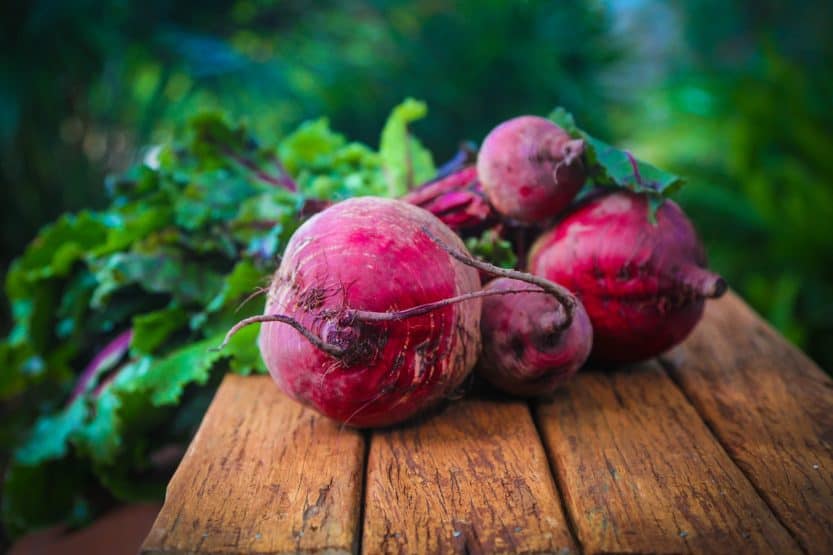
Beets can be sown in September. They thrive in cooler temperatures and are generally frost-tolerant once established. Be sure to plant them about an inch apart and one inch deep. The root will be ready for harvest between 50 and 70 days after planting. Southern California’s mild climate is perfect for beet varieties like ‘Detroit Dark Red’ and ‘Golden Beet,’ which can handle the state’s temperature ranges.
Broccoli

Broccoli seeds can be started indoors earlier in the month and transplanted outside when they reach about three inches tall. Broccoli loves cooler temperatures and can handle some frost, making it perfect for fall. Space plants about 18 inches apart and ensure soil is well-drained. In Southern California, seeds can be sown as late as mid-September, yielding a harvest in late fall.
Kale
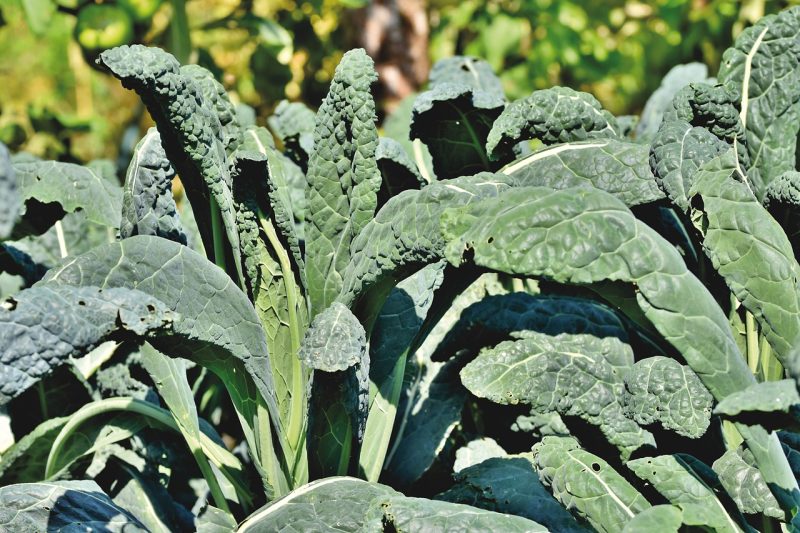
Kale is another cold-hardy vegetable ideal for planting in September. You can direct-seed or transplant seedlings into your garden. These nutrient-packed greens prefer a slightly acidic soil pH of around 6.5 and will flourish until frost. Choose varieties like ‘Winterbor’ or ‘Lacinato’ for optimal results in Southern California’s zones 9 through 11.
Peas
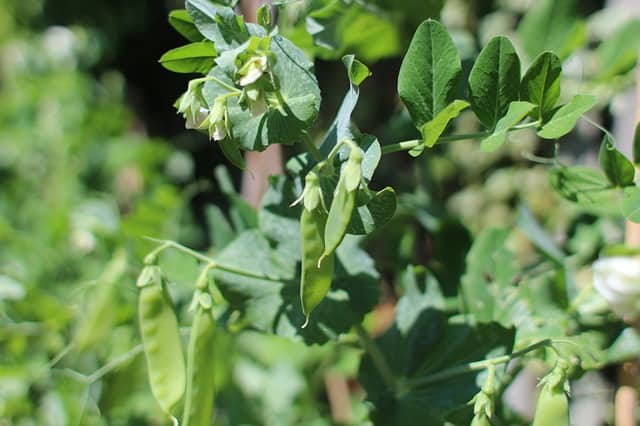
Sugar snap peas can be sown directly into the soil in September. They perform best in cooler weather, typically germinating in soils around 45°F to 65°F. Use a trellis to support their growth and ensure that the plants have plenty of sunlight. Harvest usually occurs 60-70 days after planting. Peas are an easy-going crop suitable for the region’s varied zones and can be sown until late October.
Lettuce

This crisp green is a must-plant in September. You can choose from a variety of lettuce types, such as romaine, butterhead, or leaf lettuce, which can all be seeded directly into your garden. Requirements include a slightly acidic soil (pH around 6 to 6.5) and full sun. Lettuce tends to bolt in hot weather, making the cooler fall temperatures ideal for a successful crop.
Swiss Chard

Swiss chard has vibrant, edible foliage that not only looks good but also tastes great. It can be direct-seeded into the garden and grows best in moderate temperatures. Spacing for seeds should be about three inches apart in rows 18 inches apart. Harvest can occur from 50-60 days after planting, and Swiss chard is particularly resilient, thriving through much of the Southern California growing season.
Onions
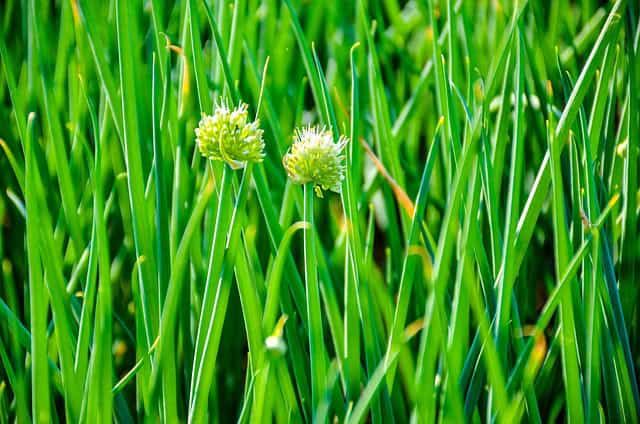
September is also a great time to plant onion sets in Southern California. These should be planted about an inch deep and spaced five to six inches apart in well-drained soil. Onions can handle temperatures down to 20°F when established. Choose short-day varieties like ‘Walla Walla’ for easy growth; they’ll be ready to harvest by late spring.
Flowers To Plant
Sunflowers
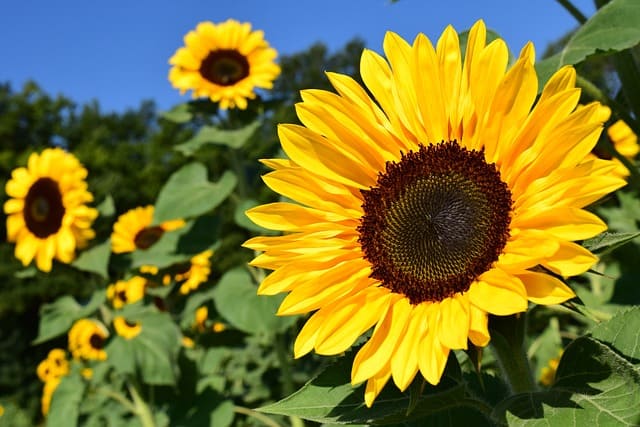
The iconic sunflower is ideal for planting in September as it thrives in the cooler, dry days of fall. Direct sow seeds one inch deep, spacing them about 6 inches apart. They flourish in full sun and can reach heights of up to 10 feet. Sunflowers are drought-tolerant and perfect for USDA zones 9-11. Planting them in September can extend your bloom time into late fall.
Calendula
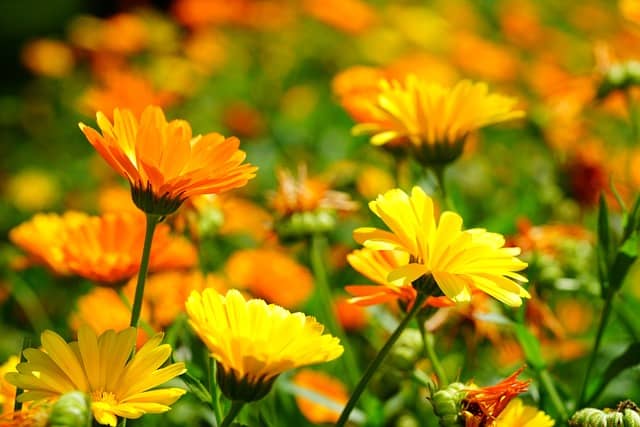
Known for its vibrant orange and yellow flowers, calendula excels in cooler temperatures and is perfect for a September sowing. Direct-seed this annual flower into well-draining soil about ¼ inch deep. You can start viewing blooms as soon as 45 days after planting, making it a rewarding choice. They do well in all zones of Southern California and are excellent for attracting beneficial pollinators.
Ornamental Kale
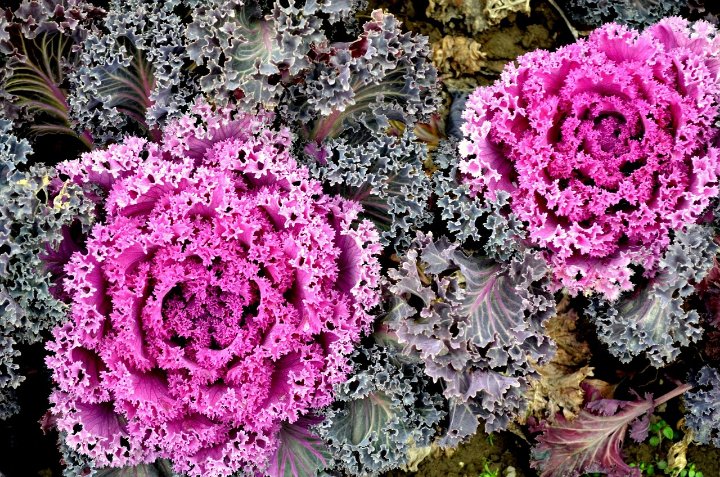
Ornamental kale adds lovely color to any garden in fall and winter. Near the end of September, you can transplant seedlings or sow seeds directly into the soil. Ornamental kale thrives in cooler temperatures and becomes more vibrant after a frost, making it ideal for areas with mild winters like Southern California.
Asters
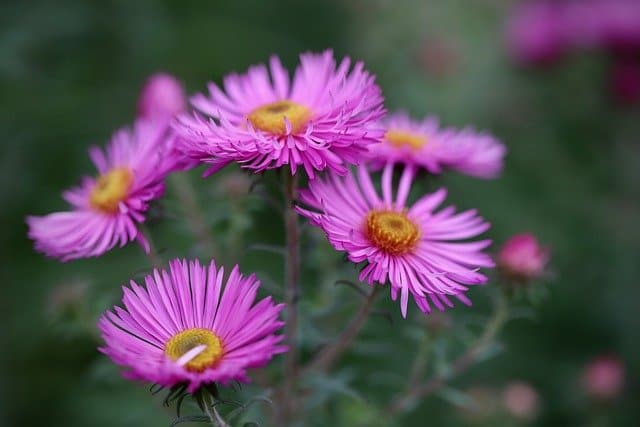
Asters provide beautiful fall blooms that are a great addition to your September planting plans. Start with young plants or sow seeds directly after ensuring well-drained soil. These perennials prefer partial sun and are known for their hardiness in cooler temperatures. Hardy in USDA zones 3 to 8, they will offer vibrant flowers from late summer into early fall.
Pansies

Pansies are perfect for cooler fall weather and can tolerate light frost. Start seeds indoors or buy nursery seedlings to transplant to your garden in September. Space them about 8-10 inches apart, and expect vibrant blooms that can last through late spring. These stunning flowers thrive in USDA zones 6 to 10, making them suitable even in the hot Southern California climate.
Snapdragons
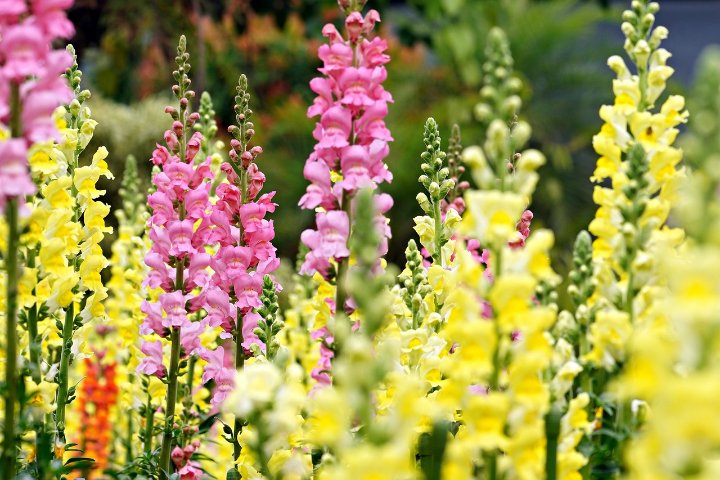
Snapdragons are a lovely flower to introduce to your Southern California garden in September. Plant seeds or young plants in well-drained soil, ensuring they get at least 6-8 hours of sunlight per day. These hardy annuals will bloom from fall until spring, providing color and attracting pollinators. They are generally frost-tolerant, making them a wise choice for the region’s varying climates.
Marigolds

These cheerful yellow and orange flowers can be seeded directly into your garden in September. Marigolds resist heat and are excellent at deterring pests. They thrive best in full sun and well-drained soil. Their ability to bloom from spring through fall adds vibrant color to your landscape, and they’ll provide a protective barrier against nematodes.
Nigella (Love-in-a-Mist)

Nigella, or love-in-a-mist, is notable for its unique foliage and fascinating blooms. Plant seeds directly into the garden in September for a delightful display come spring. These charming flowers can withstand cooler temperatures, growing well in USDA zones 2 to 11. They require well-draining soil and full sunlight to thrive, and their quirky appearance is sure to attract attention.
Zinnias
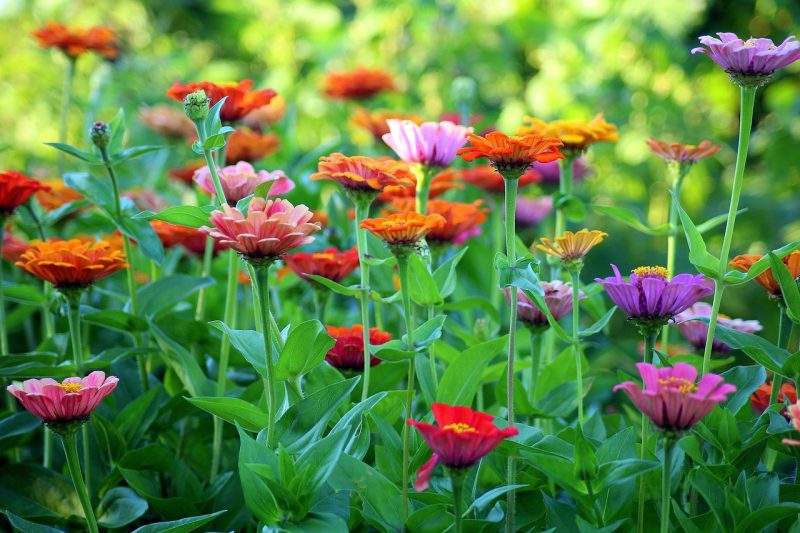
Zinnias add a pop of color and are excellent for fall planting in Southern California. Plant seeds directly in the garden or transplant young seedlings. Zinnias prefer full sun and will flourish in well-drained soil. They bloom from late summer into fall, making them an attractive option for enhancing your garden’s aesthetics.
Dahlias
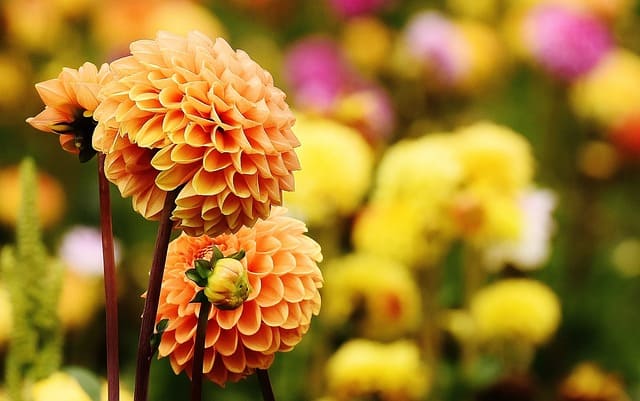
Although traditionally planted in spring, tubers can be planted in early September for a late fall bloom in milder regions. Choose sunny locations and provide adequate spacing of about 18-24 inches between tubers. Dahlias require full sun and well-drained soil and can be planted in USDA zones 8-11. Late blooms bring rich colors and robust structure to your fall landscape.
Herbs To Plant
Basil
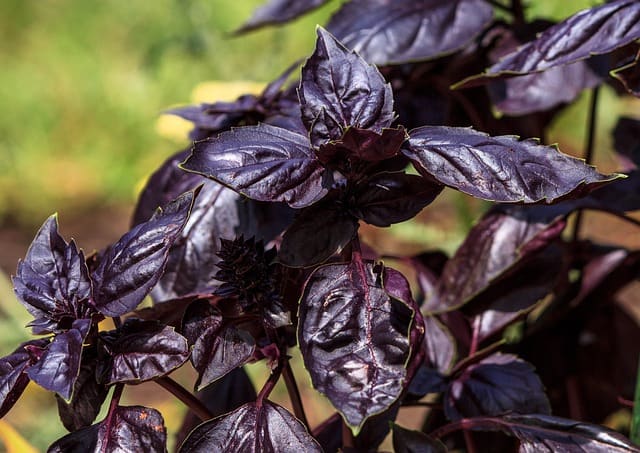
Basil can still thrive when planted in September, especially in Southern California, where temperatures are warm but starting to cool. It loves full sun and rich, well-drained soil. Space plants 12–18 inches apart, and you’ll have fresh leaves ready for harvest in just 60–75 days. Basil prefers well-drained soil and can tolerate temperatures down to 50°F.
Cilantro

Cilantro is often sown in September, especially as the temperatures begin to drop. It performs optimally in cooler weather and can bolt quickly in the heat. Direct sow seeds about ¼ inch deep, spacing them a few inches apart for best results. It typically matures within 60 days and can grow in a variety of USDA zones, making it an easy addition to any herb garden.
Chives
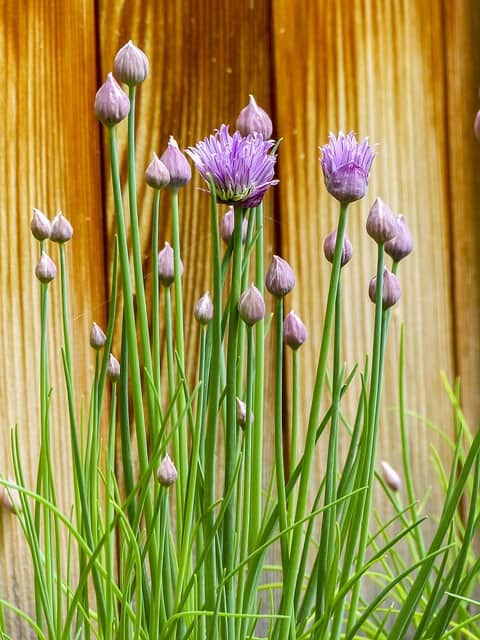
Chives are perennials that can be divided and planted in September. They thrive in well-drained soil and full sun. Plant chive divisions about 12 inches apart, and they will flourish, providing fresh green herbs each spring. With relatively minimal water needs, chives are perfect for Southern California’s diverse climate.
Oregano

Oregano, known for its robust flavor, is another herb that can be planted in September. It thrives in well-drained soil and full sunlight. Space plants at least 12 inches apart. Oregano is a perennial that can survive the mild winters of Southern California, making it an excellent option for USDA zones 9-11.
Thyme
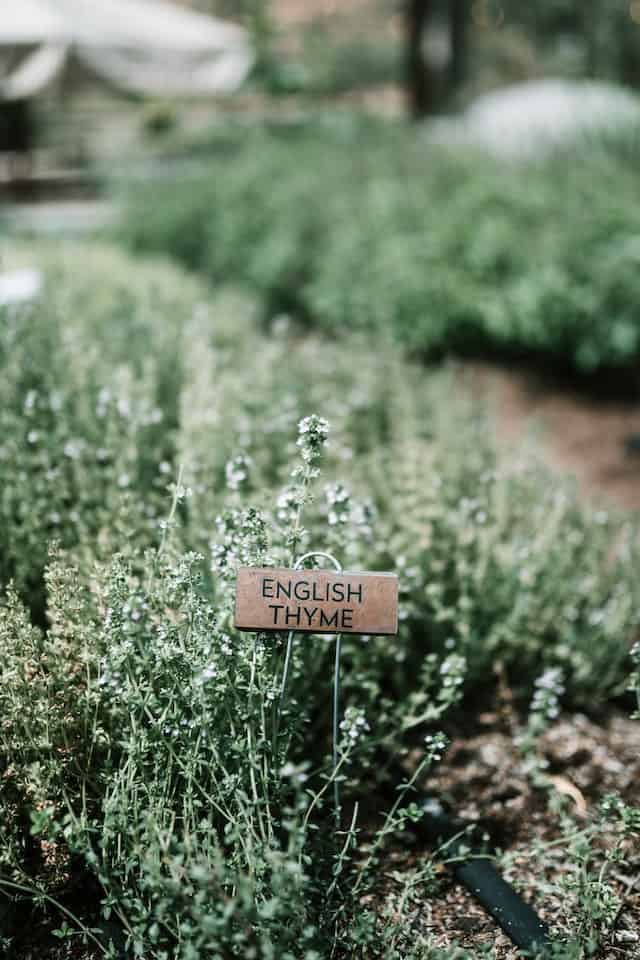
Thyme is a superb herb to plant in September. It prefers well-drained soil and full sun, allowing it to utilize the remaining warmth of the summer months. Space thyme plants a foot apart for best growth. This perennial herb is both drought-tolerant and hardy, making it well-suited to the Southern California environment.
Parsley

Parsley is another versatile herb that can be planted in September. It grows well in rich, well-drained soil, requiring plenty of water but not standing water. Space seeds about 6 inches apart and expect a harvest in 70 to 90 days. Parsley can handle mild temperatures, making it suitable for all USDA zones in Southern California.
Dill
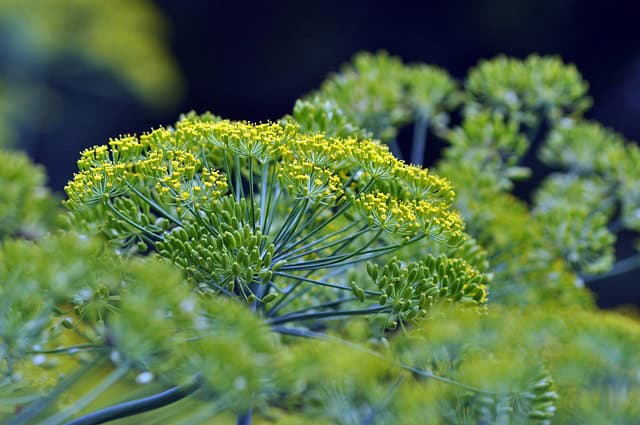
Dill is ideal for planting in late September, particularly because it prefers cooler weather. Direct sow seeds about ¼ inch deep in full sunlight. Dill can typically be harvested in about 60–70 days, and its unique flavor can enhance all your culinary creations. Dill thrives in all Southern California USDA zones, given the right conditions.
Mint
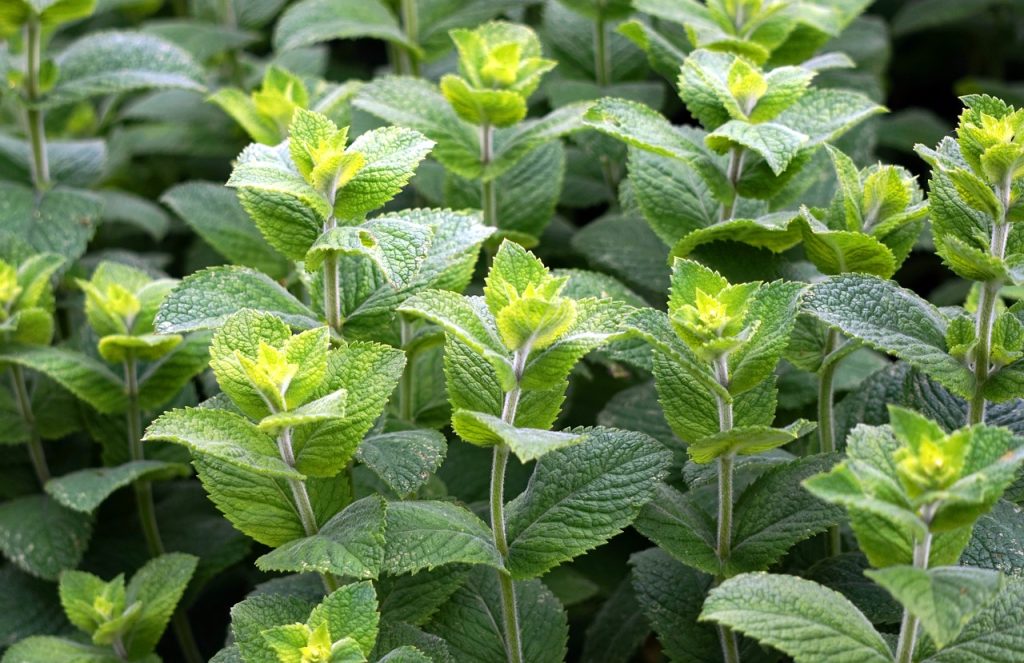
Mint is perfect for planting in pots or beds in mid-September. This vigorous perennial can thrive in a variety of climates but prefers moist, well-drained soil. Be cautious as it can spread easily, making containers a beneficial option. Mint can add a refreshing flavor to many dishes. It grows easily in all USDA zones in Southern California, responding well to light frosts.
Sage

Sage is hardy and can be planted in September, especially because it thrives in warm weather. This perennial needs well-drained soil and full sunlight, with spacing of 2 feet between plants. It can be harvested almost year-round in Southern California. Sage grows best in zones 5 through 10 and can handle light frost after establishment.
Lemon Balm
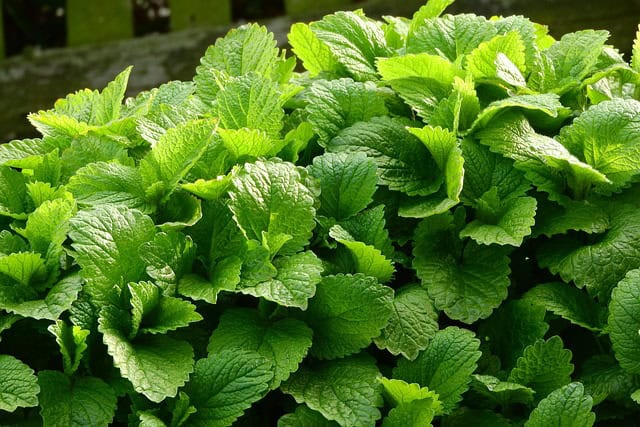
This fragrant herb is perfect for planting in September and thrives best in zones 4-9. It grows well in rich soil and more shaded areas, offering the bonus of attracting pollinators. Lemon balm grows quickly and can be harvested within 60 days. It’s great for culinary use as well as a natural remedy!
Landscape Plants To Plant
African Daisies
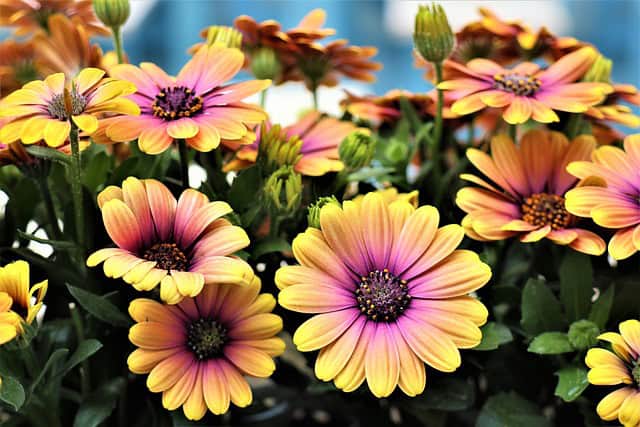
These vibrant perennials bloom easily through spring and summer, offering stunning flowers for Southern California gardens. Plant them in September in well-drained soil with good sunlight. They thrive in zones 9-11 and can add a splash of color that thrives in drier conditions, making them low-maintenance and ideal for this region.
Agapanthus
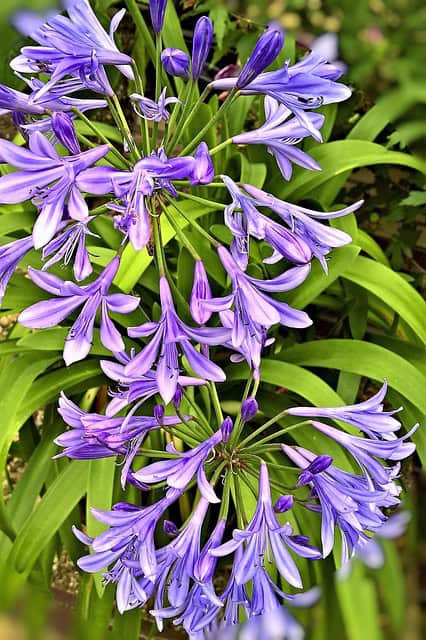
Agapanthus, or African lily, is a lovely perennial that can be planted in late September. It prefers well-drained soil and full sun. These plants can reach up to three feet tall and produce stunning blue or white flowers. They’re hardy in USDA zones 8-11 and are quite drought-tolerant once established.
Bougainvillea
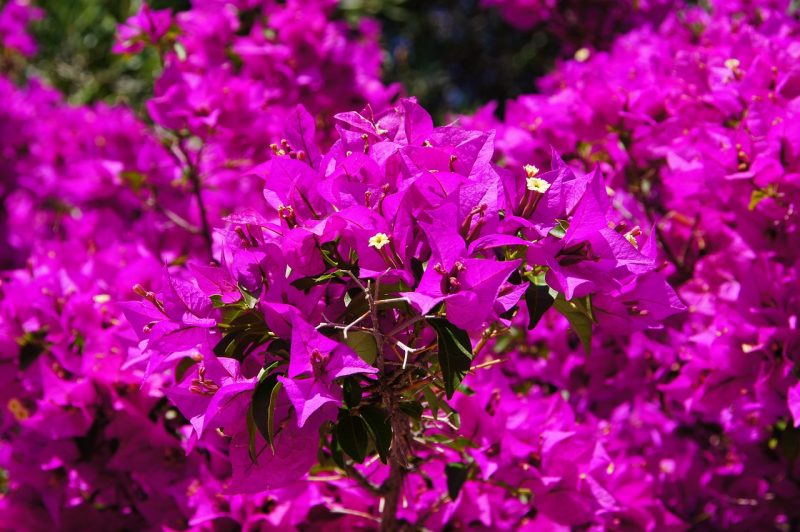
Bougainvillea fare best when planted in the warm soils of late summer and early fall. This vibrant vine loves full sun and offers a range of colors to choose from. Ensure well-drained soil and provide support for climbing varieties. In Southern California, they thrive effortlessly in zones 9 through 11 and are famously drought-resistant once established.
Salvia
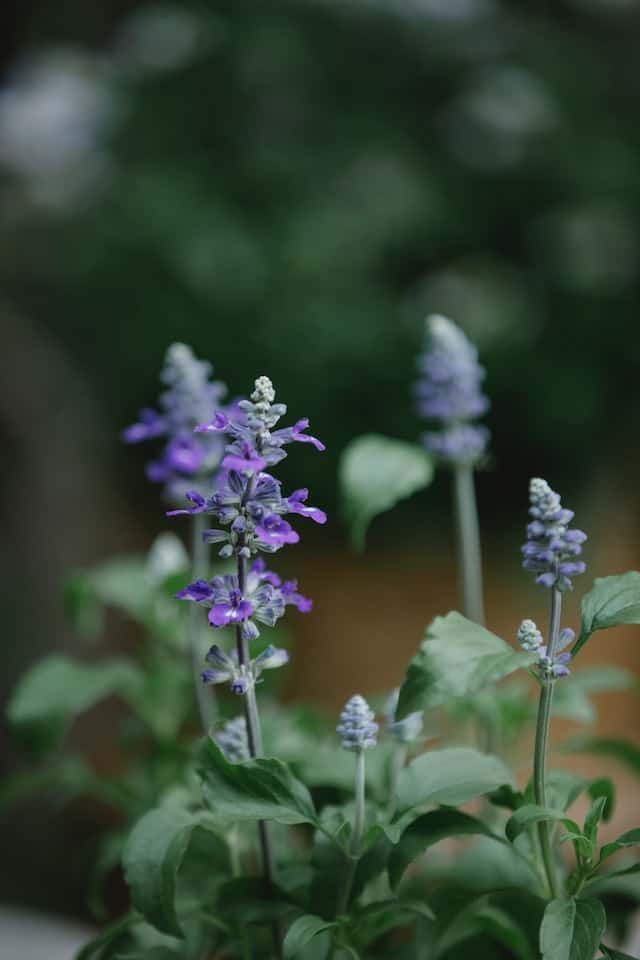
Salvia is a versatile perennial flowering plant that thrives in sunny areas. Plant in September, ensuring proper spacing to allow air circulation. Salvia can withstand heat well and is suitable for drought-tolerant gardens. With an array of colors available, you can find varieties that flourish all year round in USDA zones 9-11.
Lavender
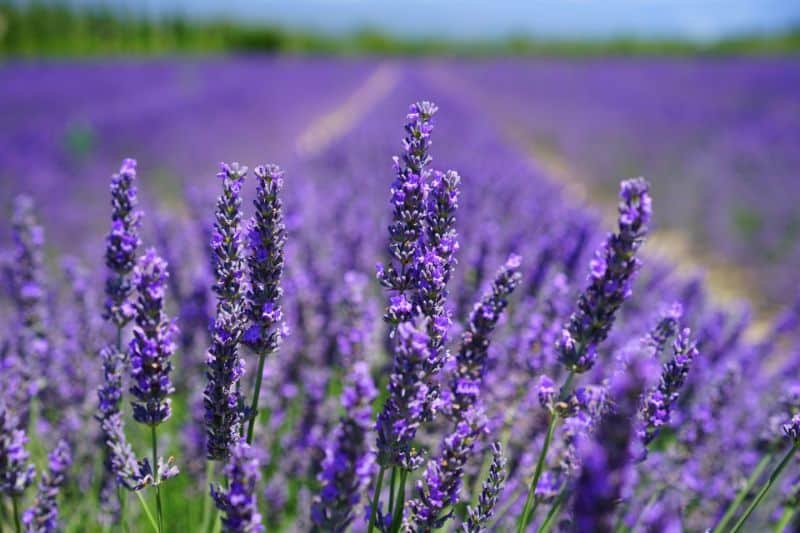
A wonderful addition for fragrance and pollinator attraction, lavender is best planted in September. It prefers full sun and well-drained soil. Ensure adequate spacing to allow for air circulation. Hardy in USDA zones 5-9, Southern California’s warmth makes it thrive beautifully while being drought-tolerant once established.
New Zealand Flax
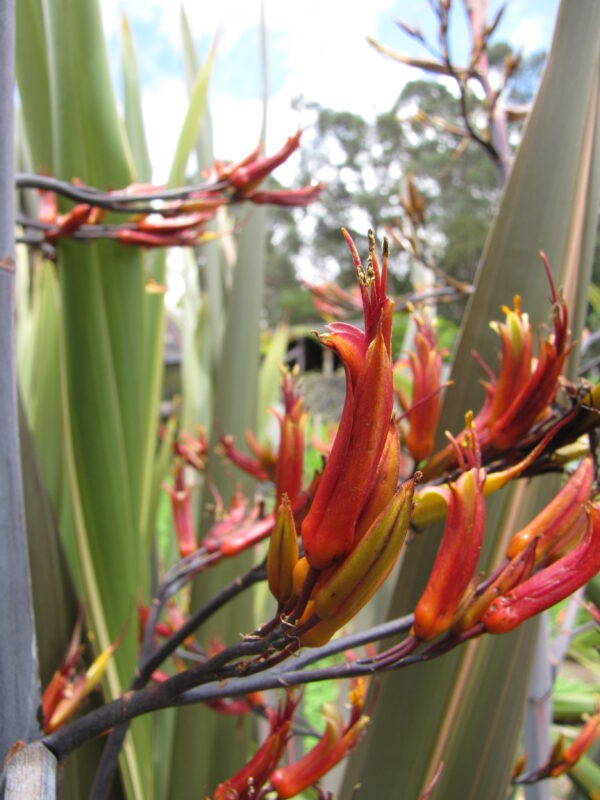
This stunning ornamental plant can be planted in September and is known for its dramatic foliage. New Zealand flax prefers full sunlight and well-drained soil but can tolerate a range of conditions. Its drought tolerance makes it useful for landscaping across Southern California’s diverse USDA zones 8-11.
Mexican Sage
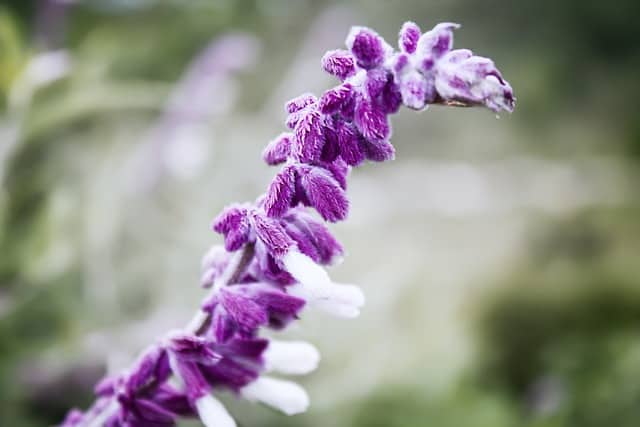
Mexican sage is ideal for southern gardens, providing dazzling purple spikes and attracting pollinators. Plant it in well-drained soil in September, with full sun exposure preferred. It can easily survive in USDA zones 8-11, making it a versatile and vibrant choice for your landscape.
Hummingbird Sage
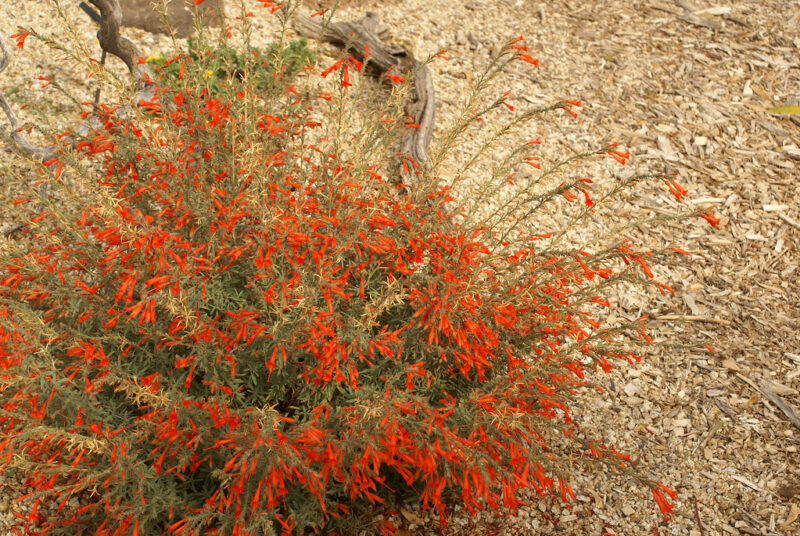
This beautiful flowering plant is excellent for attracting hummingbirds and butterflies. It can be planted in well-drained soil in September for a vibrant show of color. Hummingbird sage thrives in full sun and tolerates drought easy, making it perfect for Southern California’s hotter USDA zones 8-11.
Pepper Plants
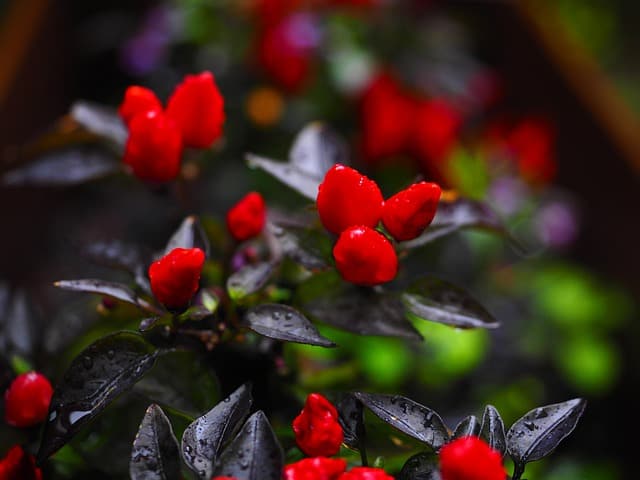
While generally considered a vegetable, pepper plants are often used decoratively in landscapes for their vibrant colors & interesting textures. Plant these in September in rich, well-drained soil and provide them with plenty of sunlight. Southern California’s climate is ideal for pepper varieties, which thrive in warmth.
Zoysia Grass
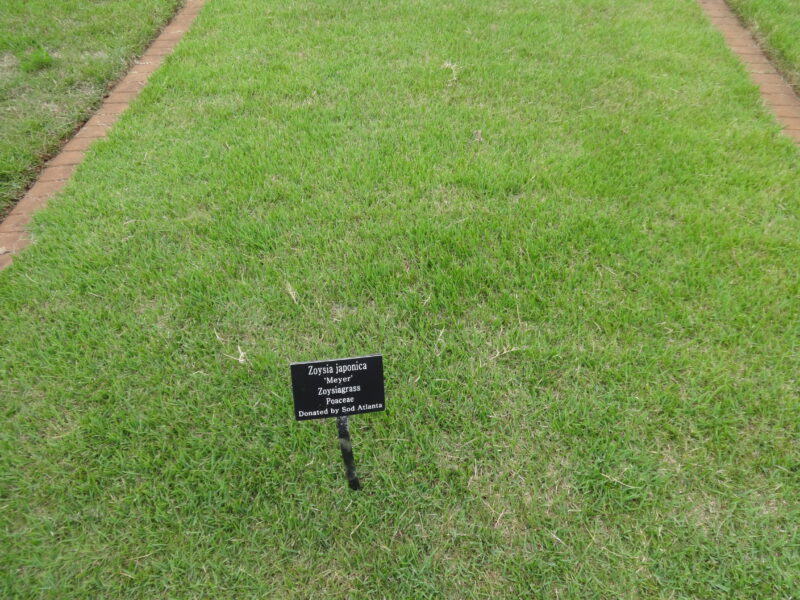
Though a bit unconventional, September can be a good time for planting Zoysia grass, particularly in preparation for the coming months. This warm-season grass thrives in full sun and low maintenance. Zoysia spreads slowly but creates a dense, lush lawn. Ideal for Southern California’s varied USDA zones, it can handle drought conditions gracefully.


